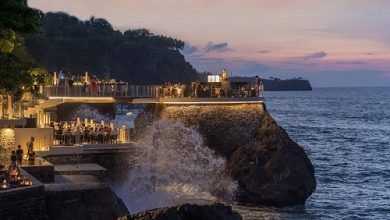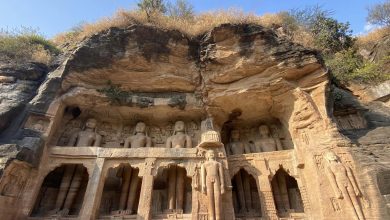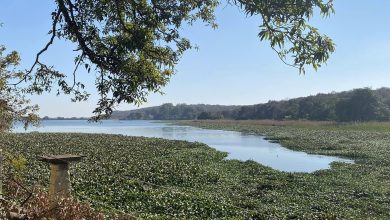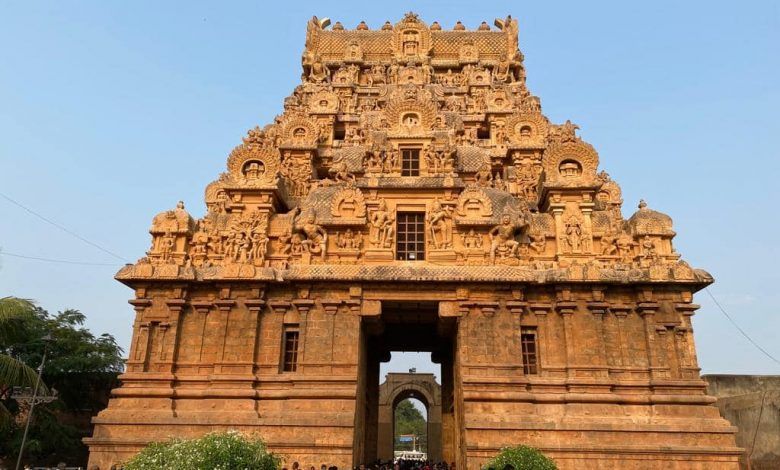
Don’t follow any foot prints, make your own. Because, you are the future of tomorrow, said Jackie Joyner-Kersee. A visit to Thanjavur teaches us the true meaning of this quote. Chola Dynasty (300 BC-1279 CE) ruled the region the longest and is one of the longest ruling dynasties of the world. To study their reign, historians classify them as Early Cholas, Medieval Cholas and Later Cholas. The dynasty attained its peak during the Rajaraja I Chola clan’s rule. Adding to his vision were also his son and the grandson.
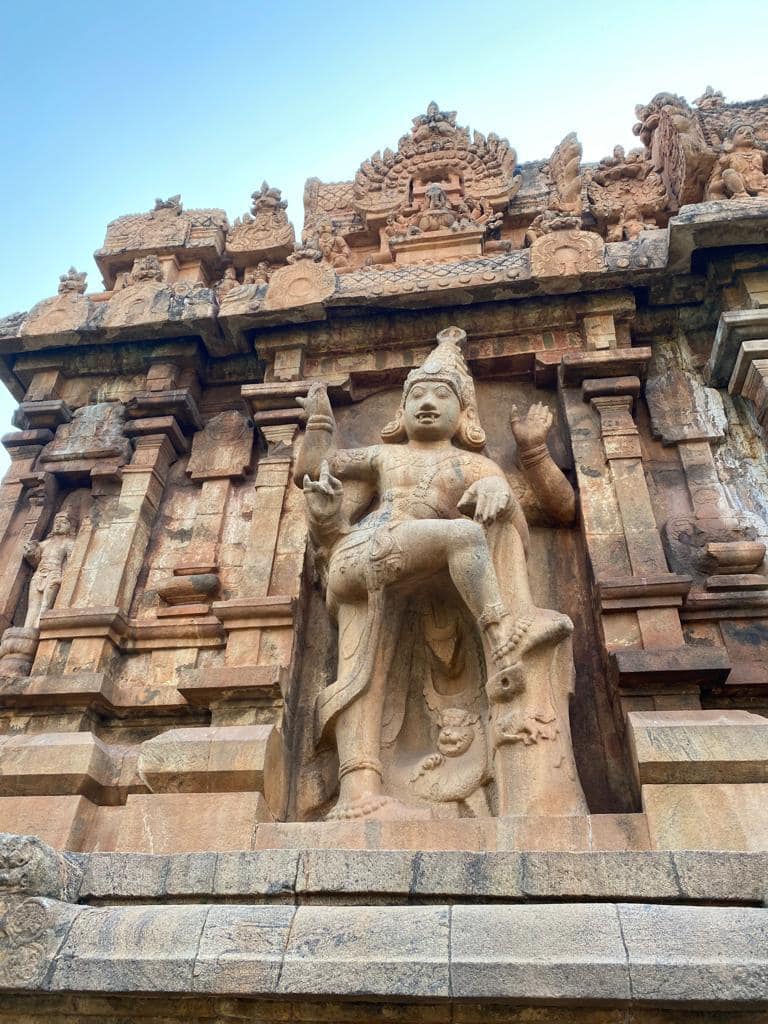
Cholas were ousted by Pandyas in 1279 CE. Cholas palace was reportedly destroyed by the Pandyas. What they did not destroy were the giant Shiva temples which have stood the test of times. Instead, the Pandyas, followed by Vijayanagara rulers, Nayakas and Marathas repaired, renovated and built additional shrines in the complex. A fortified wall and a moat were developed around the temple complex.
These temples are the footprints left behind by the Shaivite Chola kings which have immortalised them in the history of mankind forever.

Rajaraja I built the Big Temple spread over 40 hectares between 1003 and 1010 CE in Thanjavur. This temple, also known as Brihadisvara Temple, is a UNESCO World Heritage Site. World’s largest single rock 20-ton Shivalingam, 25-ton single rock Nandi and Vimana (tower over the main deity) are the highlights of this temple. The Nandi is the second largest in the world. The world’s largest Nandi is in Lepakshi, Andhra Pradesh. The Thanjavur Nandi was consecrated by Nayaka king who also built the Mandapam over it. The original Nandi of Chola era in the temple has been moved to another shrine within the complex.
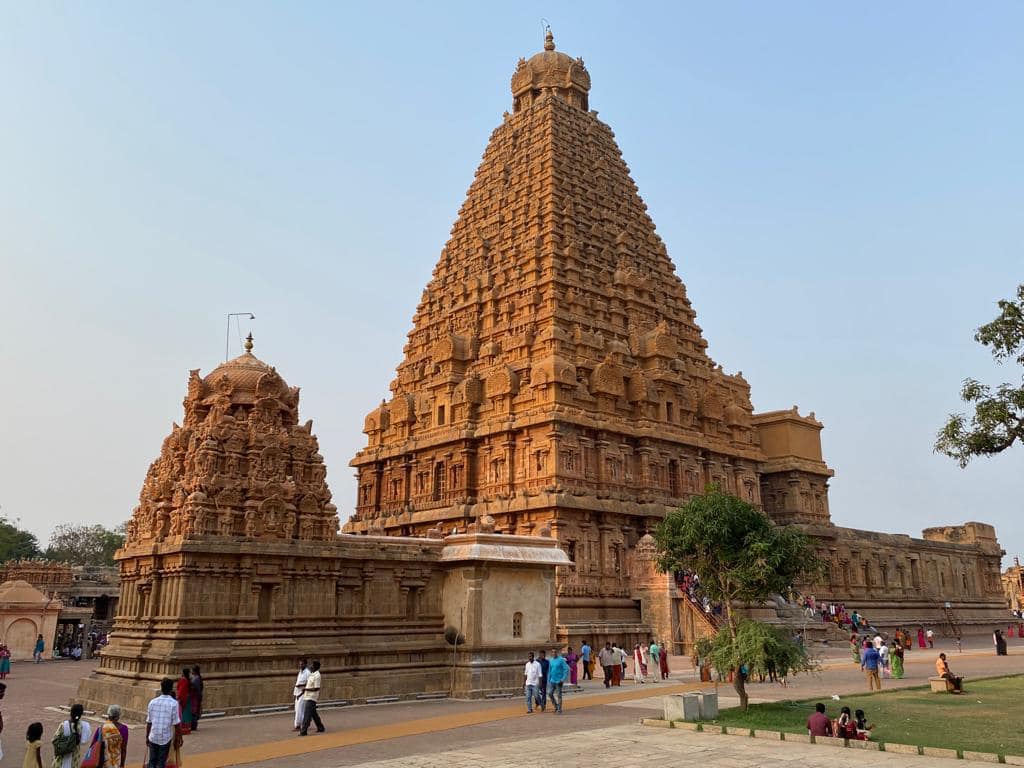
Brihadisvara Temple’s 63.4 meter high Vimana is the tallest temple tower in south India. It has a 80-ton single rock Shikharam fixed atop it.
One must spend time admiring the carvings and figurines of gods and goddesses on temple Gopurams (gates) and walls. A visit to the rear corridor of the complex which houses 251 Shivalingams is a must.

Do engage the services of a guide who will draw your attention to the fine details of the temple, its shrines and carvings. Rajaraja I’s son Rajendra I and grandson Rajaraja Chola II took the temple building art to the next level by developing majestic Shiva temples in Gangaikonda Cholapuram and Darasuram in Kumbakonam, respectively. Rajaraja I Chola’s son shifted the capital of Chola rulers from Thanjavur to Gangaikonda Cholapuram, a small village in Ariyalur district, around 73 km from Thanjavur.

From this site Cholas went on to rule for another two hundred years, till their ouster by a Vijayanagara king. The Shiva shrine in Gangaikonda Cholapuram is also a UNESCO World Heritage Site. Rajaraja I’s grandson built the Darasuram Temple, also called Airavateswara Temple. This temple too is a UNESCO World Heritage Site. It must be the only instance in the world history where three temples/ buildings/institutions built by three generations of a family — father, son and a grandson — have been classified as UNESCO World Heritage Sites.

The river Kaveri is Thanjavur’s lifeline. Kallanai dam, also called Grand Anicut Dam, built over the Kaveri in Trichy has changed the fortunes of Thanjavur district forever. The dam has turned the district into a rice bowl of the state. Built in the second century CE by king Karikalan Chola, Kallanai dam is still in use and one of the world’s four oldest dams.
The footprints of Chola dynasty were indelible and their contributions to art, culture and literature so substantial that the dynasties succeeding them had to extend them. Imagine the world’s largest Shivalingam was installed under the leadership of Rajaraja I. Later on Nayakas installed the world’s second largest Nandi in the Mandapam facing the Shivalingam in the complex.
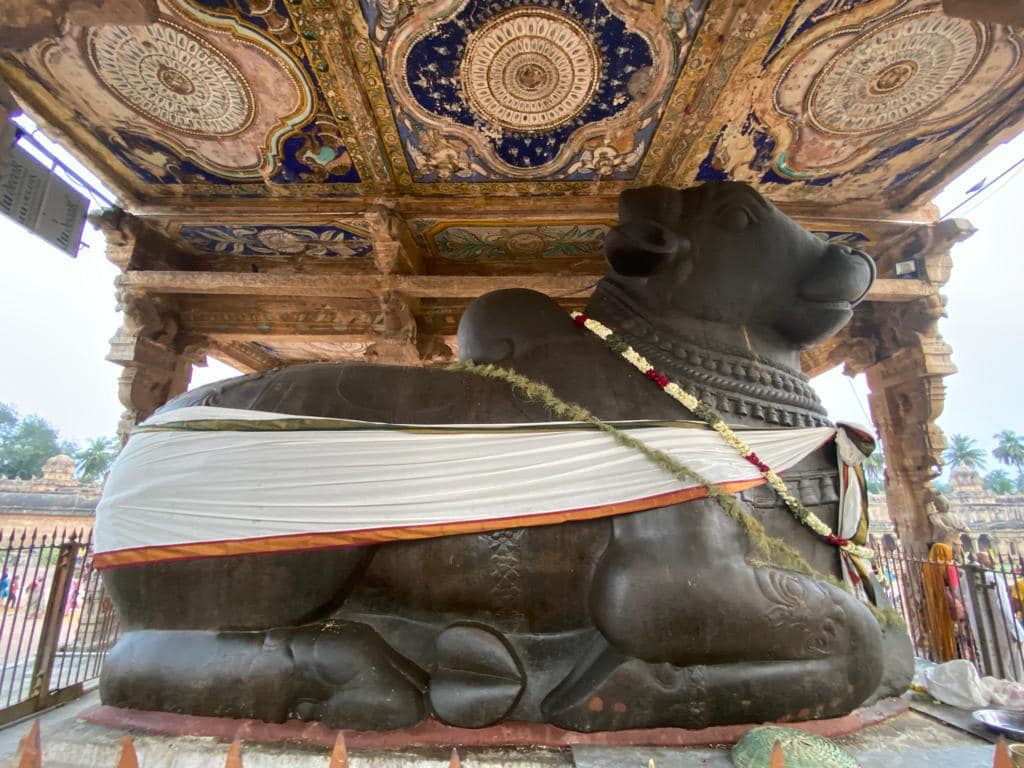
Marathas who ruled over Thanjavur from the 17th to 19th century painted the ceiling of the Nandi Mandapam with colourful floral design and also constructed an arched gateway to protect the first inner gateway of Brihadisvara Temple from direct assault. Today the gateway built by the Maratha rulers is known as Maratha Gateway. However, with no threats of takeovers the moat surrounding the complex remains dry.
Thanjavur Palace (Aranmanai) was originally built in the 16th century by Vijayanagara rulers. They had appointed Nayaka family to govern the territory. However, the Nayakas took over Thanjavur territory as rulers in the 16th century.
Once the Marathas ousted the Nayakas in 1674 CE the palace became Maratha rulers residence. Maratha rule came to an end in 1855. However descendants of the last Maratha ruler, Maharaja Serfoji, even today are staying in one corner of the palace.

This palace complex spread over 20 hectares has been divided into three sections — The Art Gallery, Saraswati Mahal Library & Museum and the Palace & Maratha Darbar. These three sections are administered by three different bodies. A seven-tiered bell tower built by the Nayakas next to the Art Gallery is also a major attraction of the complex.
The Art Gallery, which houses Pancha Dhatu, bronze and stone statues and figurines, is managed by the Art Society of Thanjavur. Maharaja Serfoji’s Saraswati Mahal Library and Museum are under the District Collector’s charge, while Maratha Darbar Hall and Palace are administered by the Department of Archaeology of Tamil Nadu.
The library belonged to the Nayaka rulers and it was established for their personal use. After ousting the Nayakas, Maratha rulers not only preserved the library but enriched its collection of rare manuscripts, including palm leaf manuscripts. Today it has a collection of rare 70000 books and more than 8000 palm leaf manuscripts. Even after the taking over from the Marathas, Britishers maintained the library’s sanctity.

Unfortunately, the entire complex is in a sad state of neglect. Unkempt lawns and pathways add gloom to the palace complex. With three bodies maintaining three sections of one complex, one feels that there is lack of a sense of ownership.
State Archaeology department’s apathy or lack of interest in professionally maintaining the complex is stark. This is my third visit to the city and on all the three occasions I have walked out of the Palace complex with this feeling.
A visit to the Brihadisvara Temple lifts your spirits while a visit to the palace complex leaves you depressed and in a state of uneasiness.
(Sharat’s Sharma Travelogue)

